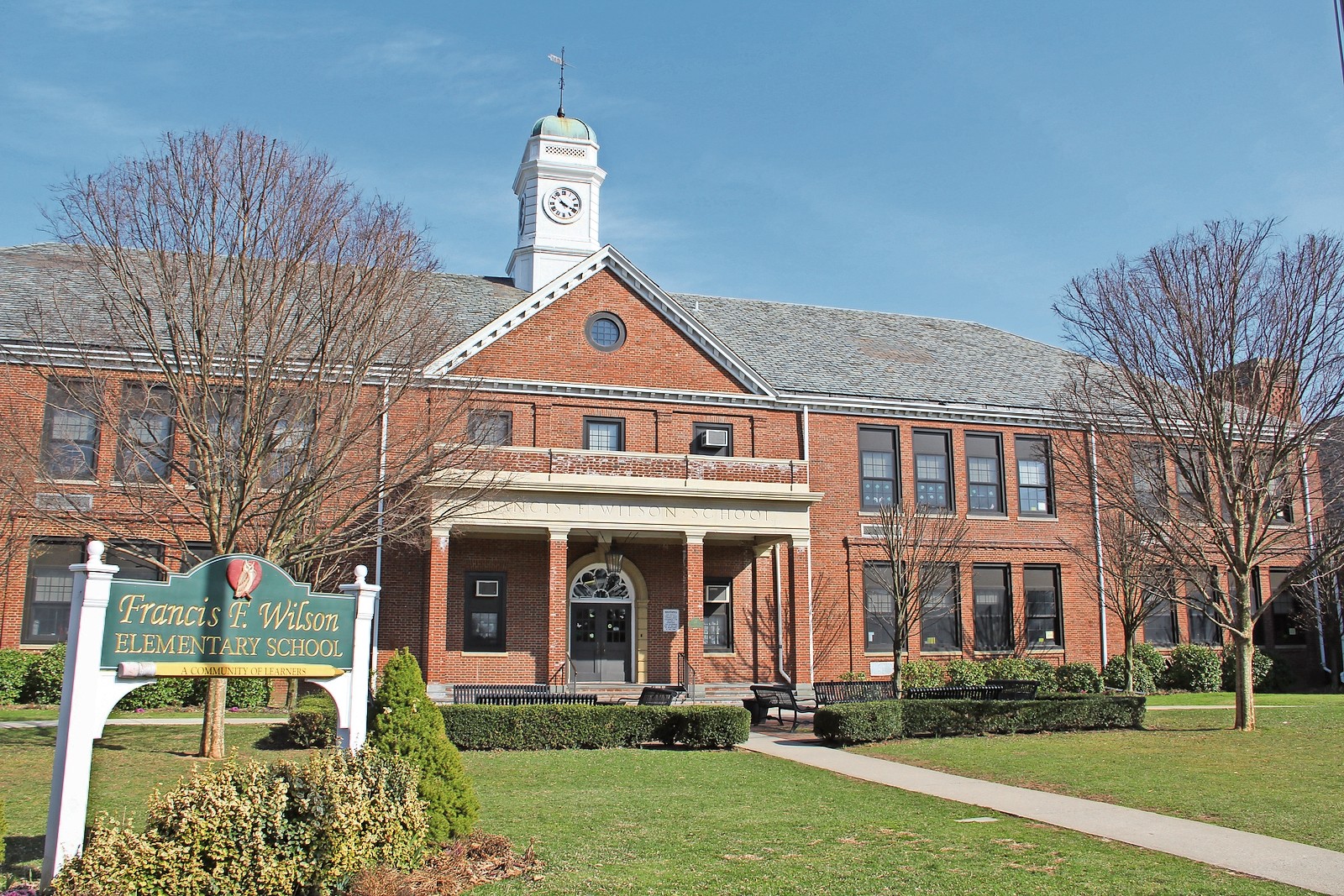Audit criticizes district lunch program
District disagrees with recommendations to make meal service self-sufficient
The state comptroller released an audit of the Rockville Centre School District earlier this month, and concluded that the district had improperly managed its lunch program.
The report, released by the office of Comptroller Thomas DiNapoli, found that instead of having a self-sustaining lunch program, the district has been supplementing it with money from its general fund. The district has been paying for health insurance and retirement contributions for cafeteria employees from the general fund instead of the lunch fund.
“District officials should ensure the [lunch] fund generates enough revenues, including collecting all eligible aid, to cover expenditures,” the report reads. “District officials should analyze operations to identify efficiencies, such as comparing cost per meal to the meal price, to set appropriate prices. The production of meals over a specified period of time is a measure of the school lunch operation’s efficiency.”
The audit also suggested that the district perform a cost-per-meal analysis and try to increase the number of meals per labor hour produced by its 22 cafeteria employees.
The district budgeted about $1.1 million for the lunch fund this past school year. Most of that money came from federal and state aid, and the rest from revenue from lunch sales. But about $66,000, for benefits for lunch employees, came out of the general fund. The district did not agree with the audit’s findings. “It was very discouraging to work with these auditors, because they had little or no understanding of a school district,” said Superintendent Dr. William Johnson. “And you’d hope they would have. Understanding and having some operational understanding of how a school district works would have made a huge difference.”
Johnson said that the main reason the lunch fund wasn’t self-sustaining was that it was cost-prohibitive to do so. In order for it to become self-sufficient, the district would have to raise prices so much — about 75 to 80 cents per meal — that many students would likely stop buying lunch.
“We weren’t totally displeased with the audit,” said Johnson. “But there’s no way we can do [our lunch program] without subsidizing it.”
The district has lost more money on the program in recent years. Part of the reason is the imposition of new federal guidelines for school food, which led to higher prices. The district’s cost of preparing a lunch increased from $1.28 in the 2012-13 school year to $1.40 in 2014-15. Factoring in all the other costs, like salaries and benefits, the district lost 11 cents per lunch served in 2014-15. Given the total of nearly 1,400 meals a day, the losses added up.
According to the audit, the district is also falling behind in productivity. The industry standard, the report says, is 19 to 21 meals per labor hour. The district averaged 11.4 last year.
But district officials say that the industry standard is based on data from 1999, and was computed using only 34 school districts across the country.
“This measure does not indicate if it takes into account the unique circumstances of the school lunch operations in the Rockville Centre Schools, where we serve satellite programs in five elementary schools with different numbers of students,” the district wrote in response to the audit. “Student counts range from 176 students in one elementary school to 450 students in another elementary school. School lunch staffing is the same in each elementary school: only two school lunch staff members per building.”
Johnson said that the district doesn’t intend to make any changes based on the audit. And in all likelihood, he added, it is going to have to keep subsidizing the lunch program to keep it afloat.
“If we have money left over, there’s no reason we can’t reimburse the general fund,” he said. “But that doesn’t appear to be happening. If anything, fewer, not more, kids are eating lunch in school.”

 44.0°,
Mostly Cloudy
44.0°,
Mostly Cloudy 




